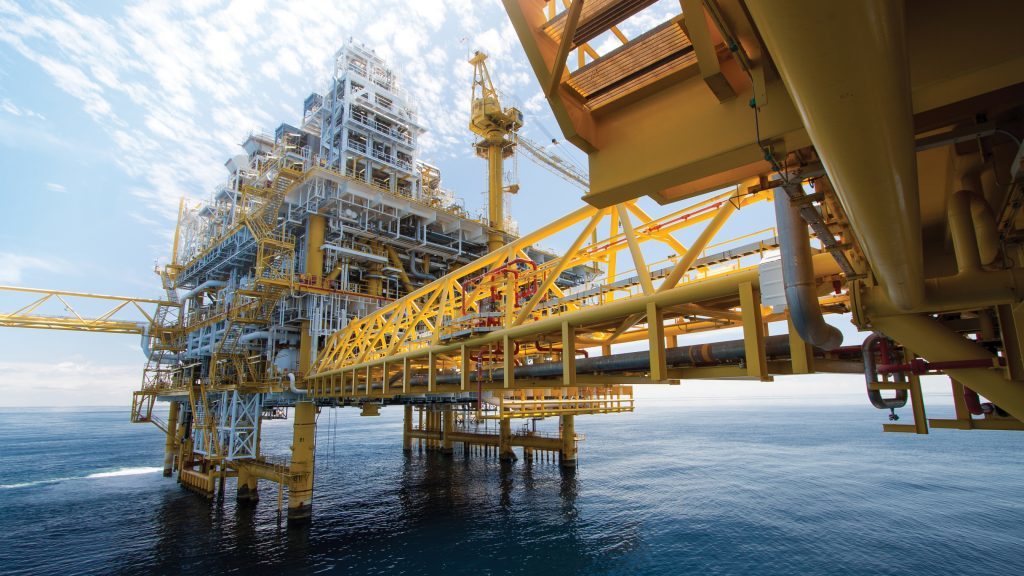
Last June the North Sea market was on track for the steepest first half year slump in more than 20 years. The price of oil has dropped to a 10 month low so key players continue to redirect investment away from production in an effort to stay profitable.
This redirection of funds has seen decommissioning expenditure in the North Sea rise by £0.5 billion ($0.62 billion) since 2014 and more than 100 platforms are expected to be removed by 2025, according to Oil and Gas UK.
It is undoubtedly economically sensible to retire older rigs that require significant investment to upgrade and maintain, but it also creates considerable risk. Dismantling a three-year old rig, which on average costs $650 million and involves lengthy planning and commissioning phases, isn’t a viable option. Drastically reducing a fleet also limits a company’s fluidity and ability to react quickly to market needs, and more importantly, capitalize on opportunities (i.e. a rising oil price).
Cold stacking of unutilised offshore drilling rigs becomes the more viable, sustainable alternative. Long gone are the days when rigs were welded shut and left to rust, costing millions of dollars to remobilize or, in some cases, eventually abandon. It makes much more financial sense to protect the integrity of the asset by preserving critical components, thereby safeguarding the investment and minimising mobilisation time in the future. This is now a key priority.
Rigs can be moved to hurricane-free waters closer to shore, but it’s only worth doing if their operating systems and structures are protected. Components such as high and low voltage switch gears, thrusters, engine rooms, PLC instrumentation and accommodations, and other critical parts need looking after properly, and failure to do so can jeopardize their integrity and lengthen the reactivation process in the future. Not only would this cost more and take longer, it would impact the company’s ability to be flexible and meet demand quickly.
Modular power and HVAC technology play a vital role in protecting infrastructure and operating systems. Addressing this need properly and implementing preservation strategies effectively could create a saving of nearly 90 per cent.
Scoping studies and surveys are critical. Cold stacked rigs are typically put away for years at a time so identifying and mitigating long term risk is also a fundamental part of the planning process. Both temperature and humidity control have been identified as key parameters for the sustainability of long term corrosion protection and asset preservation during cold stacking.
Corrosion, condensation and freezing are major issues on a cold stacked rig, all caused by the high level of salt and humidity in the air. Correct implementation of a variety of heating, cooling and dehumidification can mitigate these problems by controlling conditions in the rig’s internal spaces.
Scalable and efficient on-site energy and HVAC equipment is crucial, particularly if the climate changes or when capacity needs increase as the rig is reactivated. Adopting modular systems allows for greater flexibility, as capacity can be increased or decreased quickly to meet changing demands, which is also a more cost efficiency approach. It can mean the difference between bringing a rig back online within three months instead of six, which creates a great opportunity to start producing sooner and also to reduce costs. Modular generators also allow for main engines to be shut down, which again creates a significant fuel and cost saving. However, perhaps more importantly, using a number of small engines rather than one big one helps to avoid uneconomical redundancy, and improves reliability and efficiency.
Reliability is a key priority, particularly as cold stacked rigs are typically ‘unmanned’. It could take weeks to resolve the issue if a disruption were to occur and potentially jeopardize the capabilities of HVAC equipment in the process. Contingency planning and back-up systems are therefore crucial. Remote monitoring plays a key role in identifying inefficiencies or signs of equipment malfunction, while also diagnosing maintenance needs before an actual disruption occurs. Engineers in Aggreko’s Remote Operating Center can access performance data from power and HVAC equipment operating on offshore rigs to ensure maintenance needs are quickly met. This approach also reduces the number of engineers required on the rig, which has obvious health and safety benefits.
Prevention is the name of the game – from controlling the environment to preserving equipment and protecting against corrosion, to planning ahead for disruptions and putting contingency strategies in place. Protecting investment and the integrity of the asset through adequate power and HVAC systems is an operational necessity. It provides a key advantage in ensuring the business can react quickly to market demand and opportunities, but also avoids the need for decommissioning and potentially scrapping a $600 million rig.
David Dickert is senior strategic projects manager at Aggreko.